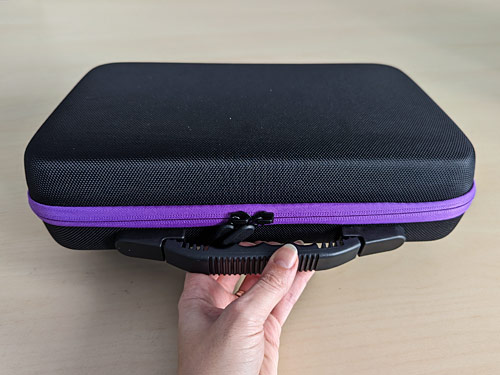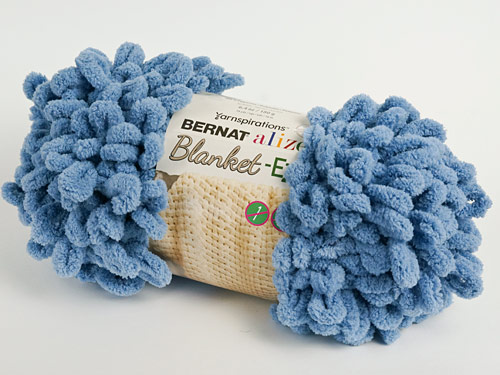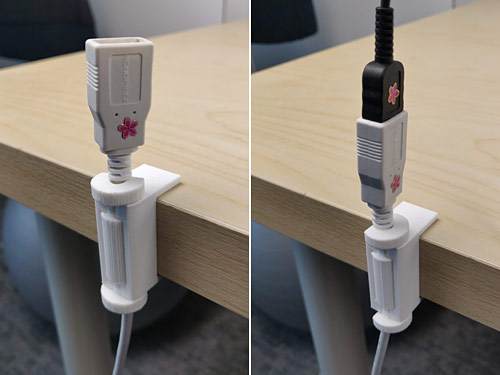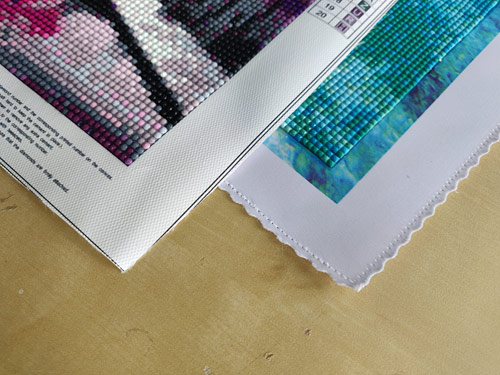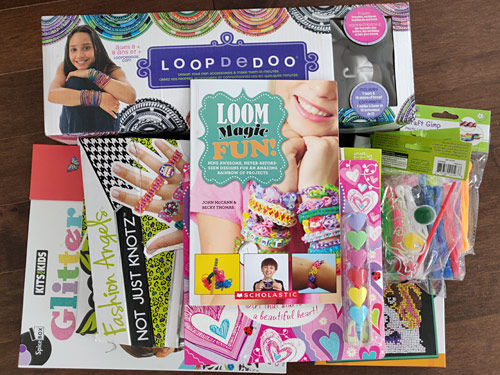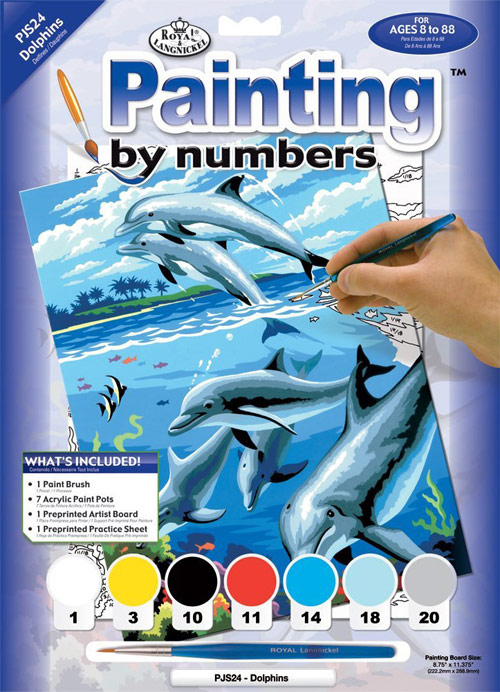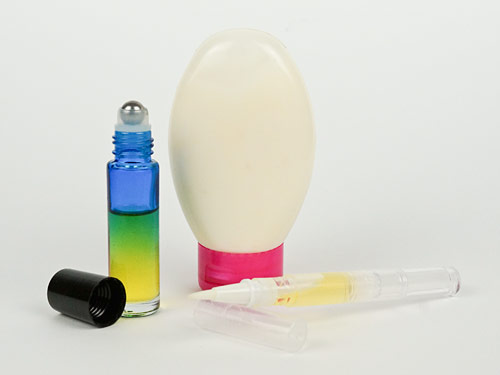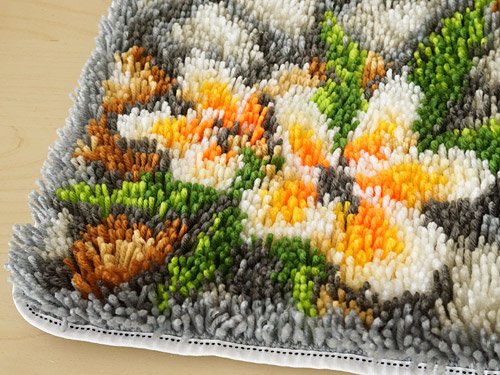
Latch hooking is one of those crafts that’s always intrigued me. I always walk past the colourful kits in craft stores, as the large kits are pricey, and the smaller kit designs are more child-focused – think cute puppies and cartoon flowers – and I want a design I’ll like if I’m going to invest […]

